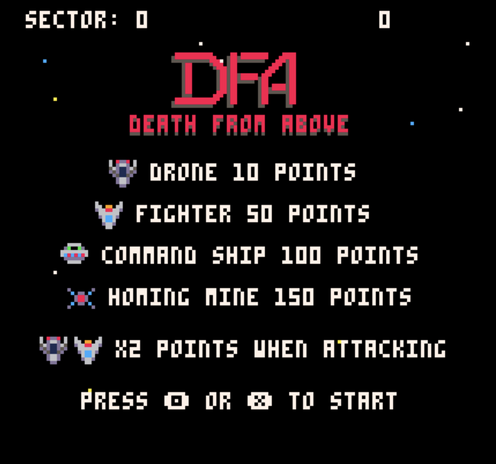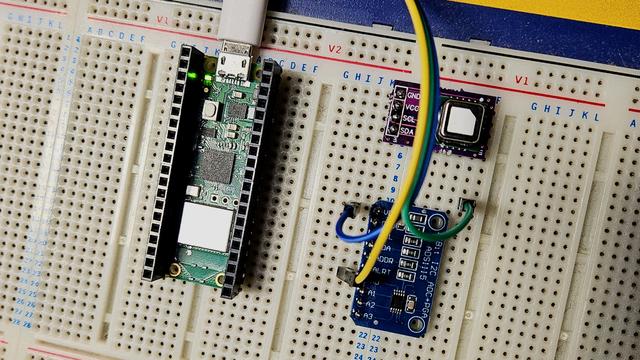GRAV CMS is off the list for testing, to complicated for me and steady further development seems no where to be seen.
Automad and Kirby are what I'm left off with for now, besides smaller CMS Projects like Pico or Craft and similar, that I will test out as well in time.
I will later update my old license for Kirby v3 to v4 when I'm done building a new Design for my blog with this new CMS as a base.









 Hacker News
Hacker News 